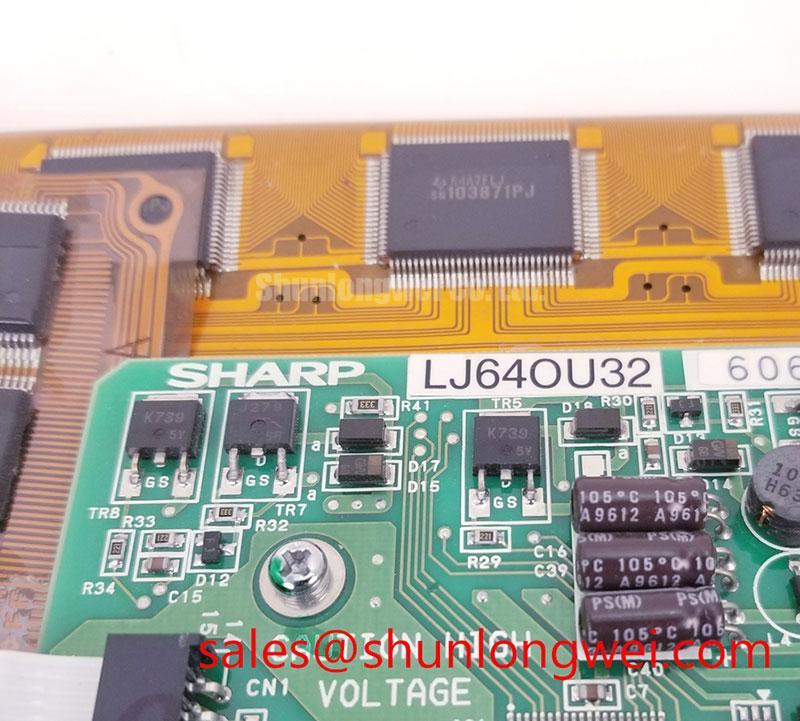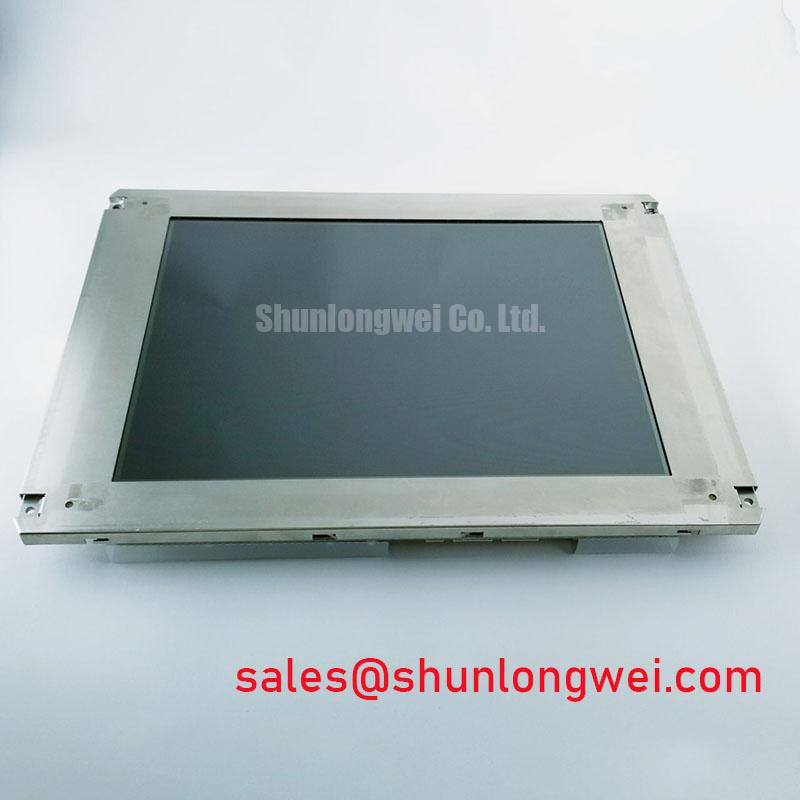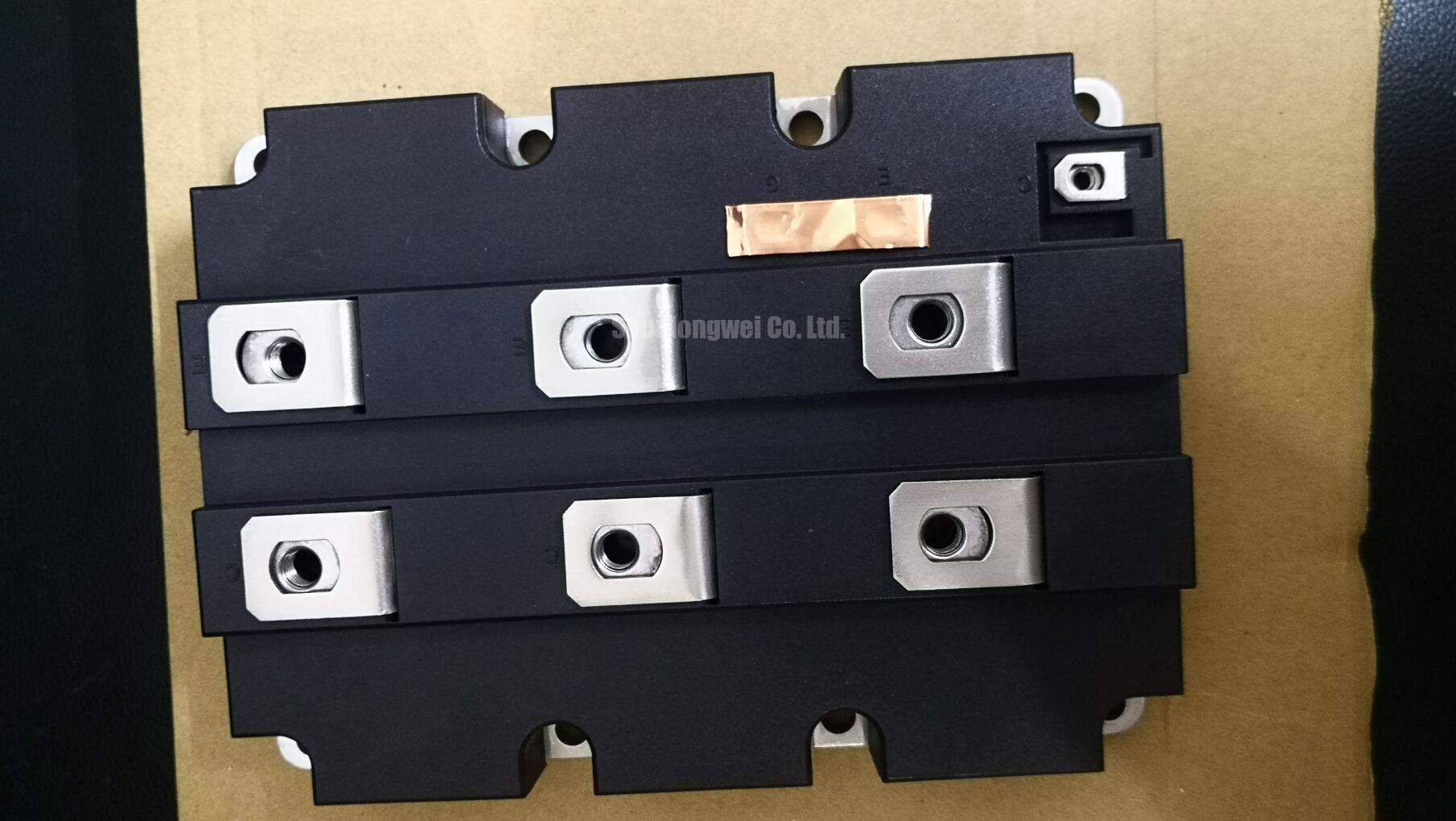Fuji Electric 2MBI200N-120 IGBT Module: Engineering High-Speed Efficiency in Power Conversion Systems
Content last revised on October 22, 2025.
Introduction: A Specification-Driven Overview
Engineered for high-frequency power conversion, the Fuji Electric 2MBI200N-120 IGBT Module delivers a superior balance of speed and low conduction loss, enabling significant gains in system efficiency and power density. This N-series module integrates two IGBTs in a half-bridge configuration, defined by its core specifications: 1200V | 200A | VCE(sat) 2.2V (typ.). Key engineering benefits include minimized total power dissipation and robust high-speed switching performance. This module directly addresses the challenge of reducing thermal load in fast-switching applications such as advanced motor controls and uninterruptible power supplies. For systems demanding reduced switching and conduction losses under 20kHz, this 1200V N-series module provides a thermally efficient solution.
Application Scenarios & Value
Achieving System-Level Benefits in High-Frequency Power Conversion
The 2MBI200N-120 is optimized for power systems where switching frequency is a critical design parameter. A primary engineering challenge in high-frequency Variable Frequency Drive (VFD) or Solar Inverter design is managing the trade-off between switching losses and conduction losses. The N-series technology in this module provides a low total power dissipation profile, a direct result of its fast turn-on (t_on = 0.65µs) and turn-off (t_off = 0.85µs) times. This rapid switching capability allows designers to operate at higher frequencies without incurring prohibitive thermal penalties. The immediate system-level benefit is the ability to use smaller, lighter, and more cost-effective magnetic components and heatsinks, leading to a more compact and power-dense final product. For applications requiring a higher current rating within the same voltage class, the related 2MBI300N-120 offers a similar performance profile with increased amperage.
Key Parameter Overview
Decoding the Specs for Functional Performance
The technical specifications of the 2MBI200N-120 are foundational to its performance in demanding applications. The parameters are organized below to provide a clear view of the module's capabilities under various operating conditions.
| Parameter | Symbol | Conditions | Min. | Typ. | Max. | Unit |
|---|---|---|---|---|---|---|
| Collector-Emitter Saturation Voltage | VCE(sat) | VGE=15V, IC=200A | – | 2.2 | 3.3 | V |
| Gate-Emitter Threshold Voltage | VGE(th) | VCE=20V, IC=200mA | 4.5 | – | 7.5 | V |
| Turn-on Time | ton | VCC=600V, IC=200A, VGE=±15V, RG=4.7Ω | – | 0.65 | 1.2 | µs |
| Turn-on Rise Time | tr | – | 0.25 | 0.6 | ||
| Turn-off Time | toff | – | 0.85 | 1.5 | ||
| Turn-off Fall Time | tf | – | 0.35 | 0.5 |
| Parameter | Symbol | Conditions | Typ. | Max. | Unit |
|---|---|---|---|---|---|
| Collector-Emitter Voltage | VCES | – | – | 1200 | V |
| Continuous Collector Current | IC | Tc=25°C | – | 200 | A |
| Thermal Resistance (Junction-to-Case) | Rth(j-c) | IGBT | – | 0.085 | °C/W |
| Thermal Resistance (Junction-to-Case) | Rth(j-c) | Diode | – | 0.22 | °C/W |
Download the 2MBI200N-120 datasheet for detailed specifications and performance curves.
Frequently Asked Questions (FAQ)
How does the typical VCE(sat) of 2.2V impact conduction losses in a motor drive application?A lower VCE(sat) value directly translates to lower power loss during the on-state of the IGBT. For a 200A motor drive, this VCE(sat) minimizes heat generation, which simplifies thermal management and improves the overall energy efficiency of the drive system.
What is the primary benefit of the module's fast switching times (ton/toff)?The key benefit is a reduction in switching losses. This allows for higher operating frequencies, which in turn enables the use of smaller inductors and capacitors in the power circuit, leading to a more compact and cost-effective system design.
What does the Square RBSOA (Reverse Bias Safe Operating Area) feature mean for system reliability?A Square RBSOA provides a more robust and reliable performance during the turn-off phase, especially when switching inductive loads like motors. It ensures the device can safely handle the simultaneous high voltage and high current conditions during turn-off, preventing catastrophic failure.
How does the Rth(j-c) of 0.085 °C/W directly impact heatsink selection?This low thermal resistance value signifies efficient heat transfer from the IGBT junction to the module's case. A lower Rth(j-c) allows for the use of a smaller, less expensive heatsink to maintain the junction temperature within safe operating limits, contributing to higher power density.
Is this module suitable for paralleling to achieve higher current output?While paralleling IGBTs is a common practice, it requires careful design considerations. The datasheet for the 2MBI200N-120 provides detailed characteristic curves. To ensure reliable current sharing, designers should analyze the VCE(sat) and VGE(th) parameter distributions and implement a gate drive circuit that ensures symmetrical switching. For more information, refer to resources on IGBT Paralleling techniques.
Industry Insights & Strategic Advantage
Meeting Demands for Higher Efficiency and Power Density
The 2MBI200N-120 aligns with critical industry trends pushing for greater energy efficiency and system miniaturization. In industrial automation, regulations are driving the adoption of high-efficiency motor drives, where minimizing every watt of loss is crucial. The low total power dissipation of this module, a direct result of the Fuji Electric N-series IGBT technology, is a key enabler for designers creating systems that meet or exceed these stringent standards. Similarly, in the renewable energy sector, particularly for solar and UPS applications, maximizing power conversion efficiency and increasing power density are strategic imperatives. The high-speed switching capability of the 2MBI200N-120 directly supports these goals by reducing the size of passive components and improving overall energy harvest or backup endurance.
Technical Deep Dive
Inside the N-Series: Balancing Speed and Saturation Voltage
The performance of the 2MBI200N-120 is rooted in its underlying semiconductor design, which optimizes the trade-off between on-state voltage drop (VCE(sat)) and switching speed. The module employs a trench gate structure and thin wafer technology, which are instrumental in achieving its low VCE(sat) of 2.2V at its rated current. This low on-state voltage is akin to a water valve that opens with very little resistance, minimizing the energy lost as water flows through it. At the same time, the device's internal structure is engineered to reduce internal capacitances and shorten carrier tail currents during turn-off. This is crucial for fast switching. Think of switching loss as the energy wasted while the valve is in the process of opening or closing; the faster it transitions, the less energy is squandered. The 2MBI200N-120's ability to switch states quickly and efficiently makes it a strategic component for modern power converters aiming for high performance.
Strategic Considerations for Implementation
Leveraging the 2MBI200N-120's capabilities requires a holistic design approach. Its high-speed switching characteristics demand a well-designed IGBT gate drive circuit with low stray inductance to prevent voltage overshoots and ringing. Furthermore, the module's low thermal resistance is most effective when paired with an optimized thermal interface material and heatsink assembly, ensuring that the heat generated during operation is efficiently dissipated. By addressing these system-level factors, engineers can fully exploit the performance advantages offered by this module to build more efficient, reliable, and compact power conversion systems that are competitive in today's demanding market.















